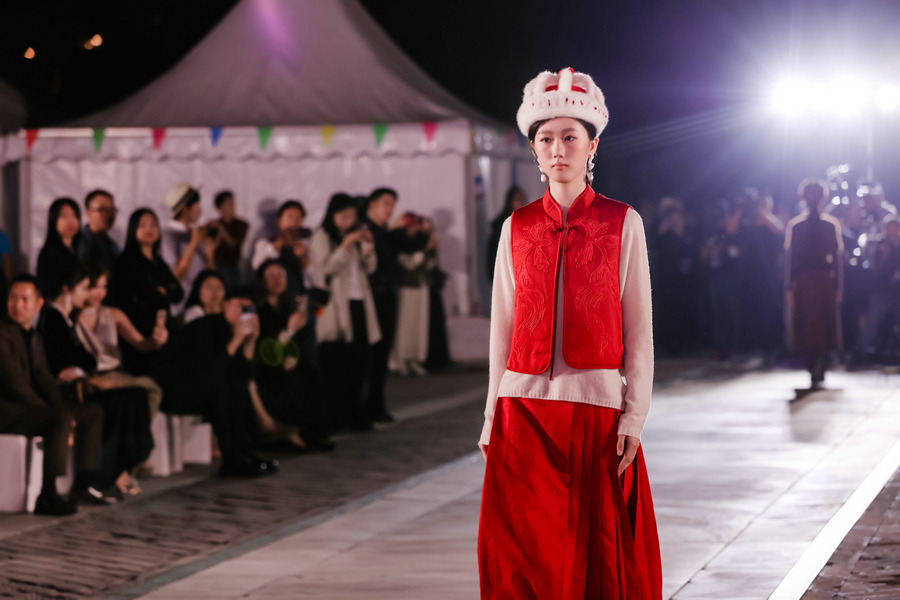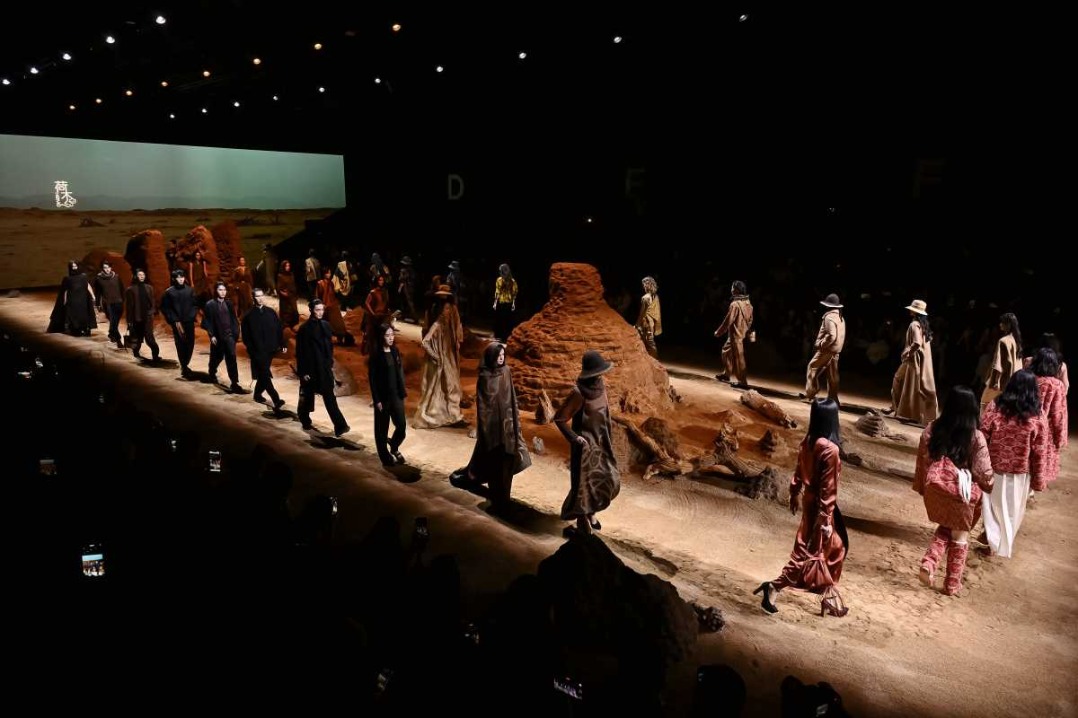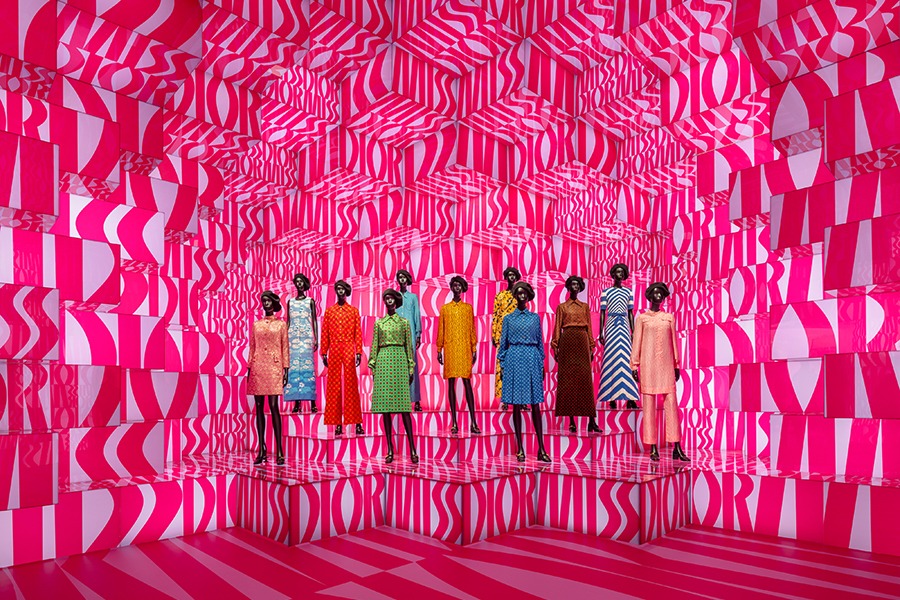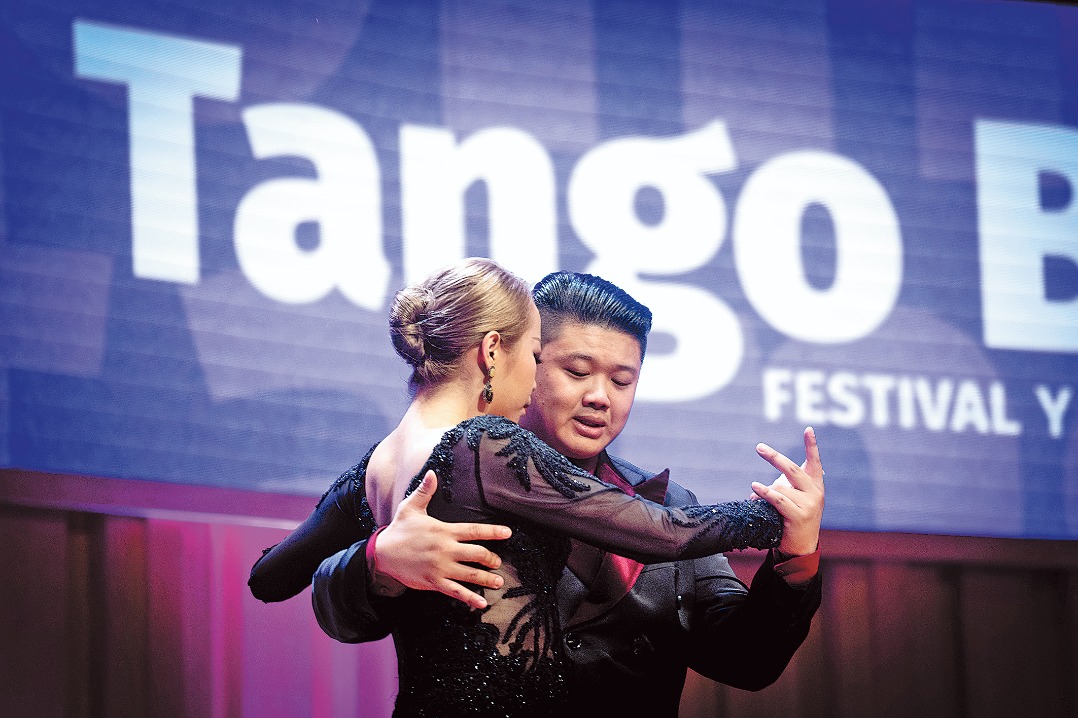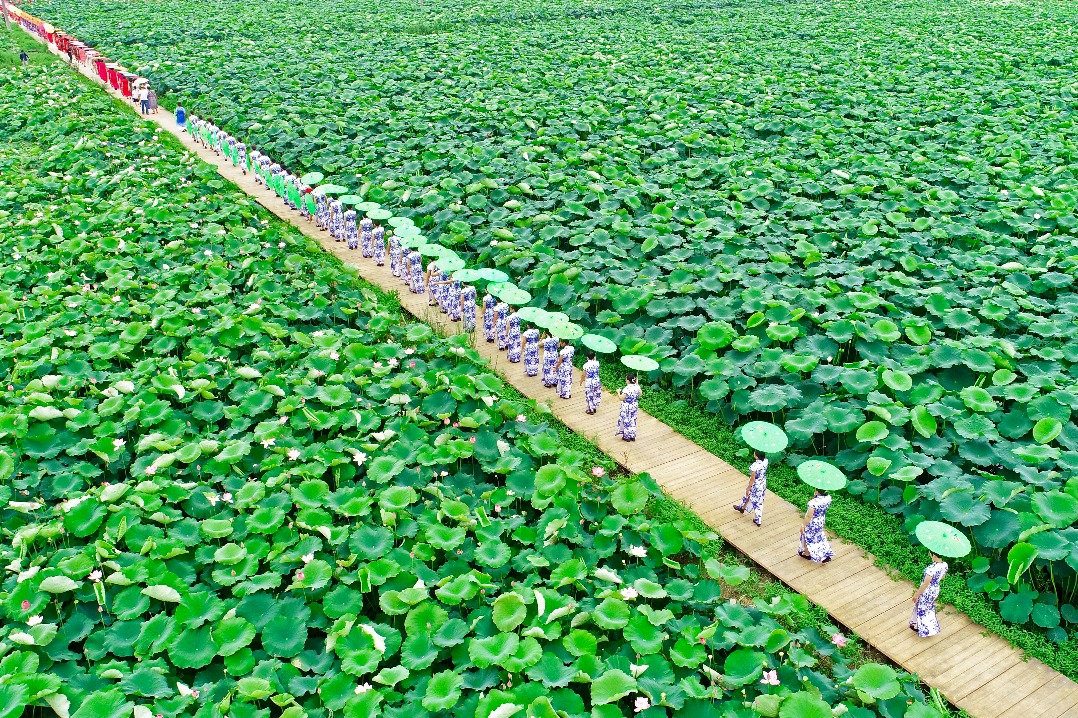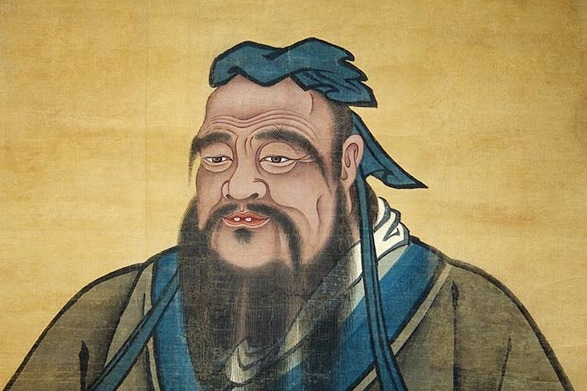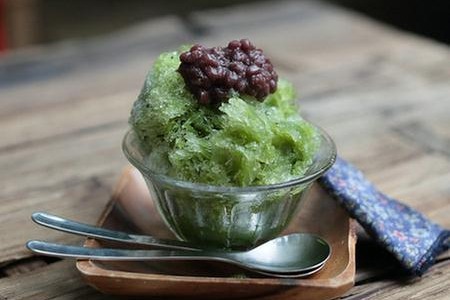A flowering of imagination
Plant arrangement and making bouquets are rooted in Chinese culture, and one practitioner is carrying on the tradition, Yang Feiyue reports.

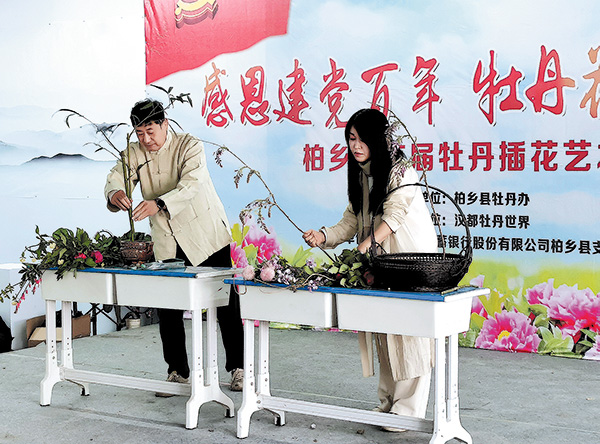
For example, plum blossom, orchid, bamboo and chrysanthemum have been endowed with characteristics representing loftiness, righteousness, modesty and purity, and thus deemed the "four gentlemen of flowers".
"Chinese flower arrangement is influenced by traditional Chinese culture and tends to be more about natural beauty, rather than artificial creation," Liang says.
"Therefore, we need to go out more often to observe the plants, see how the flowers grow and understand the ecological habits of the flowering branches, through which we can know how to make a better arrangement of them."
A systematic record of the country's flower arrangement tradition over 250 years ago was missing.
The art was put on hold because of poverty and war in the mid-to-late Qing Dynasty (1644-1911), and it was not until the 1990s that Chinese artists started to realize its importance as a cultural heritage.
Liang and other senior flower arrangement artists then started to look into historical materials and restore the ancient art to publicize its essence and charm.

















